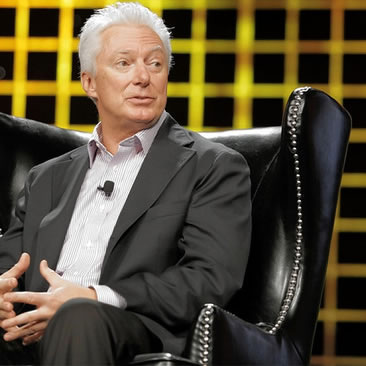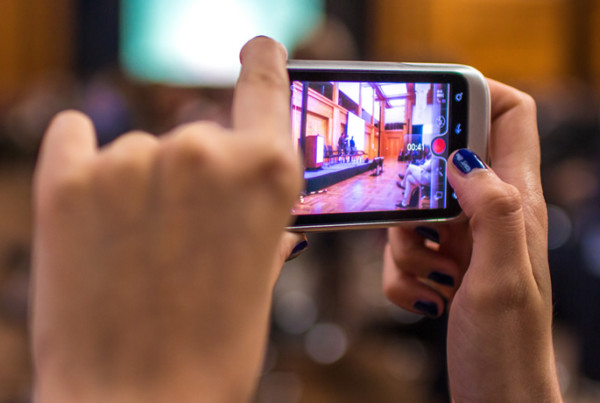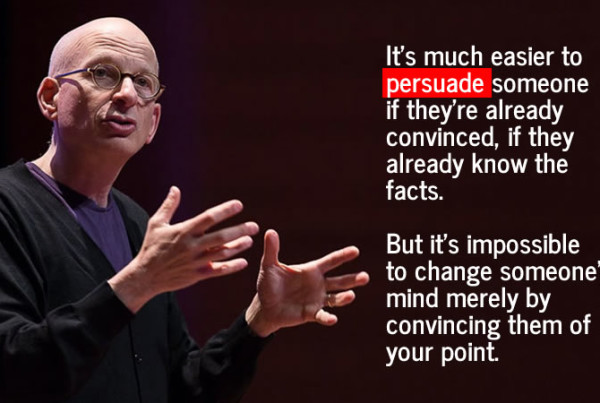
A.G. Lafley, Chairman of Proctor & Gamble
If you’ve spent any time in a conference room at a traditional advertising agency over the last year or so, you have seen it.
It’s almost palpable. It’s that undeniable look of fear. The fear of the dreaded budget reallocation.
For quite some time, account directors and account executives have padded their bank accounts on hefty commission checks.
Commission checks that they’ve gotten quite used to. Most of those checks have been cashed regardless of client success or failure.
So it’s safe to say that when the upstart digital kids look for a seat at the table and a piece of the pie, we’re always left with the scraps. It was always an afterthought. If you’ve worked in an agency for say the last 18 months or so, I’m sure you’ve heard the dreaded statement.
“How will digital/social support this.” It’s like being invited to a party only to find out you have to do the dishes. You’re not involved in the planning of the party. You had no say in the location, time, date, entertainment or food, you’re just there to help out and be a “team player“. Now go wash the dishes!
But my how things are changing. Smart brands are realizing that digital and social are indeed more cost effective (code for cheaper), and actually provide more of a return to the brand. So much so that many brands are indeed using the “R” word. They’re reallocating more of their budget away from traditional advertising and into new media.
Proctor and Gamble caused the advertising world to gasp when they announced that they were allocating over 30% of their budget to the digital space.
“The beauty of the digital, search, mobile, social media worlds is they’re fundamentally more efficient. So if you really know which consumer matters most to you, and that’s our job …then you can run a mix that gets a lot more efficient. We need and want to be where the consumer is” Proctor & Gamble Chairman A.G. Lafley
That pretty much sums it all up. The digital and social space is where you find consumers. You can pinpoint them with laser-like efficiency. This was underscored by a statement made by P&G’s CFO.
“Digital allows very effective and tighter targeting of a message to a consumer. If you think simplistically about men and women, in TV advertising that is going to everybody. You can much more carefully target content to a recipient in a digital environment.” stated Jon Moeller, CFO of P&G
P&G isn’t alone in this thinking. The shift is real and the big players are understanding that digital/social does indeed have an ROI. Mondelez International sees the benefit being so high that they are planning to move more than 50% of its annual marketing spend over to digital. Mondelez has been killing it on social media, especially with their real-time marketing efforts.
Asked whether or not digital/social is providing Mondelez with a measurable ROI Mark Clouse, the company’s North American president answered emphatically.
“Absolutely! Oreo has grown double digits two years in a row, generating over a billion in revenue in North America last year.”
Clouse went on to say that there’s a true change in marketing happening. Mondelez has “transformed its media mix“, shifting investment “away from TV to more relevant and higher returning digital, mobile, in-store and out-of-home [executions]”
In advising my clients I’ve been telling them the exact same thing. Especially in regards to the type of out-of-home social and digital activations that help fuel this ongoing transformation.
The inevitable is finally happening. Brands are seeing the ROI of the digital and social space and much to the chagrin of those agencies who have sunk their heels in on traditional advertising, the transformative nature of the budget reallocation means they have two choices ahead.
Roll with the shift and wholly embrace new media, or be relegated to irrelevance.


